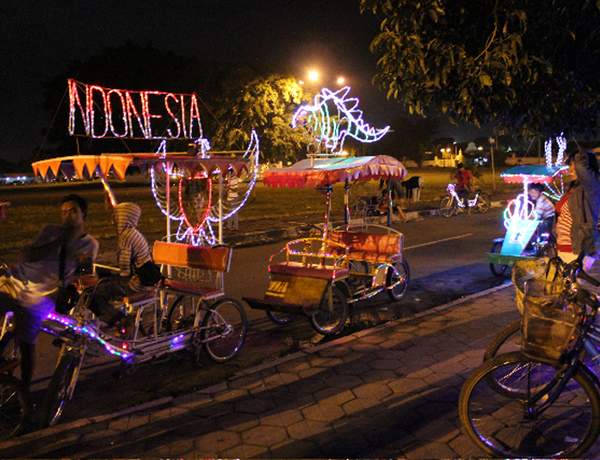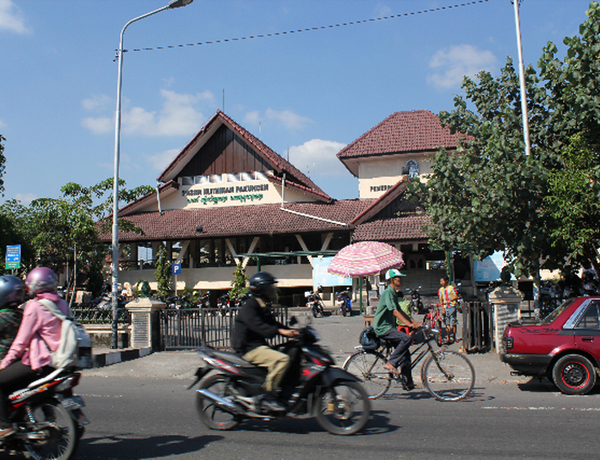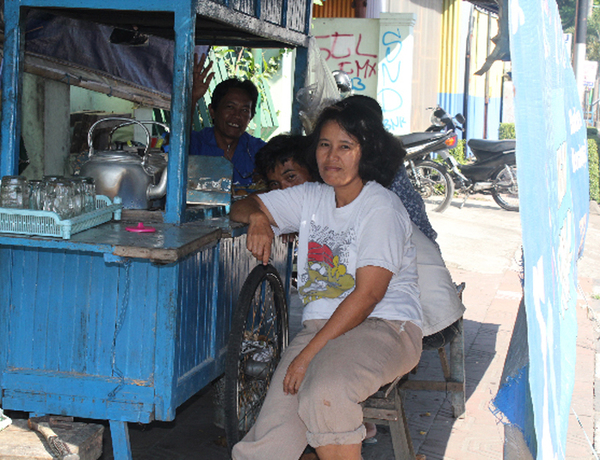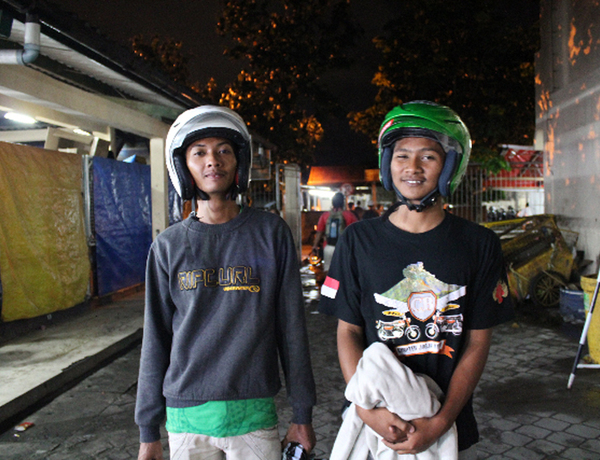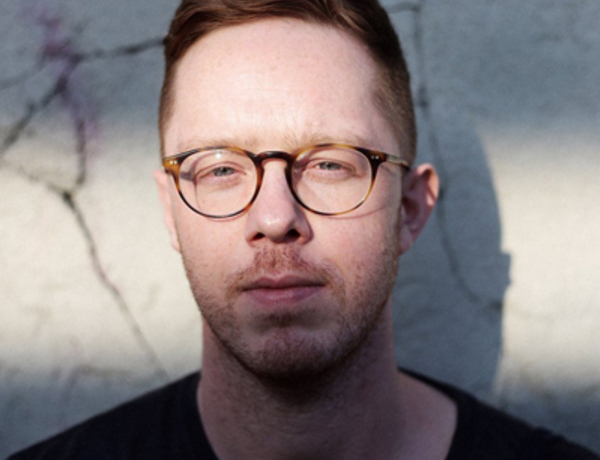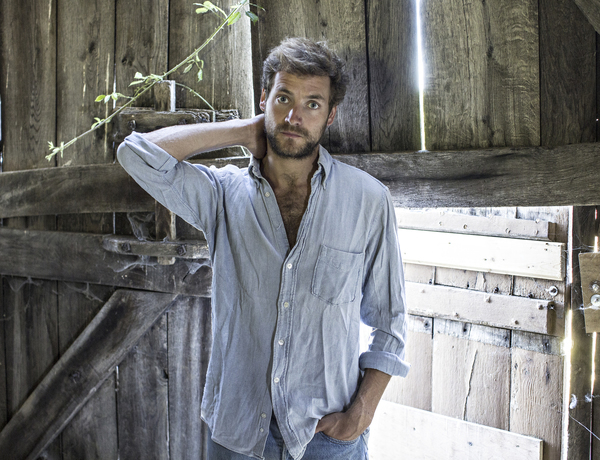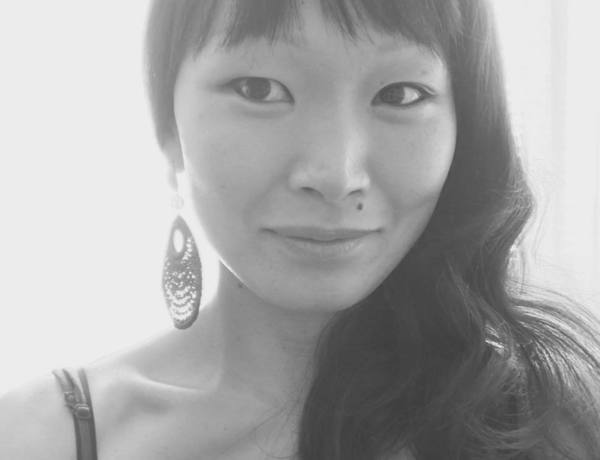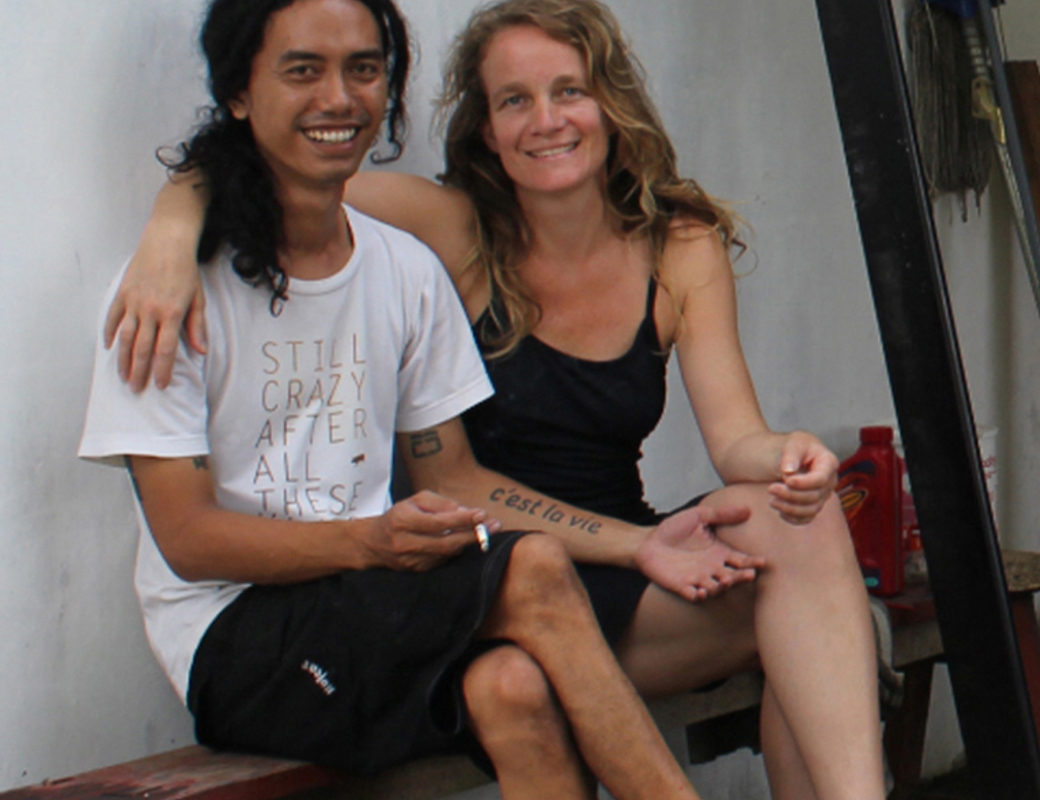
About Su
Teguh Hartanto and Su Tomesen are visual artists based in Jogjakarta. Teguh’s mainly works with the media painting and screen printing but he also does street art with graffiti and stencil. He works spontaneously; the outcome is unpredictable and surprising. For him, the process is more important than the result. Su’s work consists of videos, photographs and installations, and she travels a lot.
Working in the context of a residence abroad or on location is a means of putting her (European) position, ideas and being into discussion. She has been artist-in-residence in Belgrade, Amman and Johannesburg, and worked for an international video art project in Port-au-Prince, Buenos Aires and Rio de Janeiro.
Current city:
Jogjakarta
Teguh Hartanto and Su Tomesen are visual artists based in Jogjakarta. Teguh’s mainly works with the media painting and screen printing but he also does street art with graffiti and stencil. He works spontaneously; the outcome is unpredictable and surprising. For him, the process is more important than the result. Su’s work consists of videos, photographs and installations, and she travels a lot.
Working in the context of a residence abroad or on location is a means of putting her (European) position, ideas and being into discussion. She has been artist-in-residence in Belgrade, Amman and Johannesburg, and worked for an international video art project in Port-au-Prince, Buenos Aires and Rio de Janeiro.
